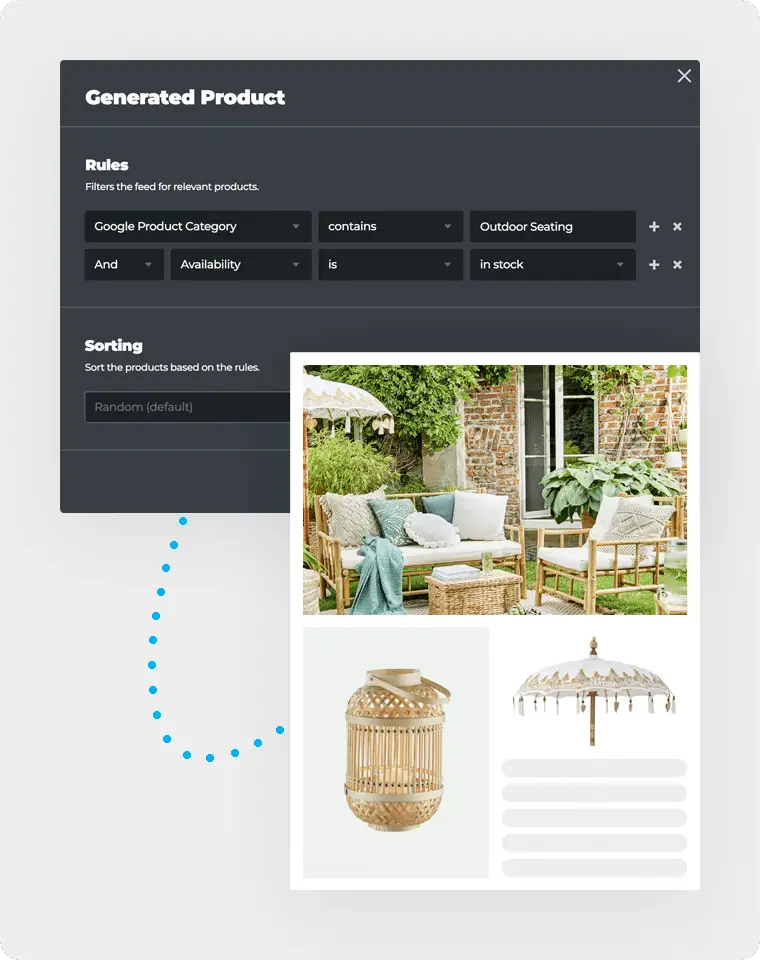2024 has been a tough year for retailers. Economic shifts, changing consumer behavior, increased competition, and technological advancements are all significant retail challenges that have led to declining online and offline sales and engagement. While researching our new whitepaper, “How to Increase In-Store Traffic and Address Retail Challenges in 2025,” which focuses on the DACH region, we found that digital catalogs give retailers the edge they need to overcome these challenges.
Economic Challenges and Evolving Consumer Behavior
The economic downturn in recent years has been particularly hard on retailers in the DACH region. Post-pandemic recovery has been sluggish, with online sales revenues declining by 11.8%, as indicated by Bevh. This downturn has forced retailers to rethink their strategies and adapt to an environment where consumer confidence and price sensitivity are low. Retailers have had to find innovative ways to use their existing resources, creatively tapping into online and offline channels.
Other significant trends are related to consumer behavior. Consumers today are increasingly driven by offers, personalization, and sustainability. 62% of German shoppers stock up whenever items go on sale, and over 90% of DACH region consumers pay attention to supporting the local economy by purchasing regional products. In response to these trends, retailers must promote offers, highlight sustainability, and provide seamless integration across channels.
By adopting a digital catalog strategy, companies can effectively address these retail challenges, reaching consumers at critical touchpoints, offering personalized experiences, and driving in-store traffic.
Importance of Omnichannel Experiences in Tackling Retail Challenges
Omnichannel retailing is more critical now than ever. 54% of German and 48% of Austrian consumers prefer an omnichannel shopping experience, where the line between online and offline is blurred. The convenience of click-and-collect services and the demand for seamless integration between digital and physical channels is rising. Nearly 43% of European consumers sometimes use click-and-collect, and 33% always do.
The whitepaper emphasizes that digital catalogs are instrumental in making omnichannel strategies work. By leveraging interactive and shoppable content, retailers can guide customers from online discovery to in-store purchases, enhancing their overall shopping journey. This integration encourages higher engagement and helps brands differentiate themselves in an increasingly competitive market.

Driving Sales with Personalization and Dynamic Content
Brand loyalty is waning as consumers prioritize quality and price over brand identity. The research shows that 94% of consumers rely on offers when purchasing, while only 16% are brand loyal. Retailers who can keep their digital content updated with current offers, promotions, and personalized experiences will maintain a competitive edge.
Digital catalogs provide retailers with a unique opportunity to personalize shopping experiences. By utilizing customer data, digital catalogs can dynamically adjust content, showcasing offers and products that align with individual shoppers’ preferences. This personalization improves customer engagement and enhances conversion rates, both online and offline.
According to the whitepaper, 76% of consumers expect personalized interactions from brands, and 70% want their shopping experience to be more customized. Digital catalogs allow retailers to meet these expectations, presenting relevant product recommendations and exclusive offers based on browsing behavior.

Sustainability and Local Economies: Key Considerations for Modern Consumers
One of the standout insights from the whitepaper is the importance of sustainability and local sourcing to consumers in the DACH region. As regionality and sustainability grow in importance, 77% of consumers in the region prefer seasonal products, and 58% of Germans prioritize sustainability when making purchasing decisions. Shoppers are willing to pay more for sustainable products, with 64.1% of Germans saying they would pay more for everyday sustainable items.
Digital catalogs can highlight these values, promoting local and sustainable products to environmentally conscious consumers. Retailers can use dynamic catalog features to target eco-conscious shoppers, showcasing regionally sourced and eco-friendly products and ensuring they stay top-of-mind during the consumer’s buying journey.
Leveraging Discovery Commerce to Capture Consumer Interest
In the DACH region, 55% of consumers research products online through platforms like Amazon or eBay before purchasing. This behavior presents a unique opportunity for retailers to capture consumer interest early in their decision-making process by leveraging digital catalogs for discovery commerce.
Digital catalogs allow consumers to explore products they may have yet to actively search for, helping retailers reach new audiences and encouraging shoppers to impulse buy. Integrating rich media elements like how-to videos, GIFs, and informative content within these catalogs can engage shoppers, building a strong emotional connection with the brand while driving sales.
The whitepaper notes that 63% of consumers enjoy discovering products online that they weren’t specifically searching for, making digital catalogs a crucial tool for inspiring purchases and enhancing the customer journey.

Source: ROI Hunter
The Role of Data and Dynamic Content in Building Agility
Also on the list of retail challenges is agility. The ability to quickly respond to market shifts and consumer demands is essential for long-term success, but many companies need help achieving this level of flexibility. The whitepaper reveals that less than half of marketers have a unified view of customer data across channels, making it difficult to deliver truly personalized experiences.
Digital catalogs offer a solution. Using data from customer interactions, retailers can dynamically adjust catalog content in real-time to match the evolving preferences of their target audience. This dynamic content ensures that consumers are always presented with the most relevant offers, promotions, and products, increasing the likelihood of conversion.
For example, product availability can be automatically updated, ensuring that out-of-stock items are replaced with similar alternatives. At the same time, loyal customers can be offered personalized discounts based on their shopping behavior.

The Future of Retail is Digital
In an environment where consumer confidence is low, price sensitivity is high, and brand loyalty is declining, retailers must adapt by adopting innovative marketing tools. Digital catalogs provide the flexibility and personalization that modern consumers demand, making them an essential part of any omnichannel strategy.
By embracing discovery commerce, leveraging data-driven dynamic content, and highlighting sustainability and local values, retailers can drive online and in-store traffic, ensuring their success in the rapidly changing 2025 retail landscape and beyond.


